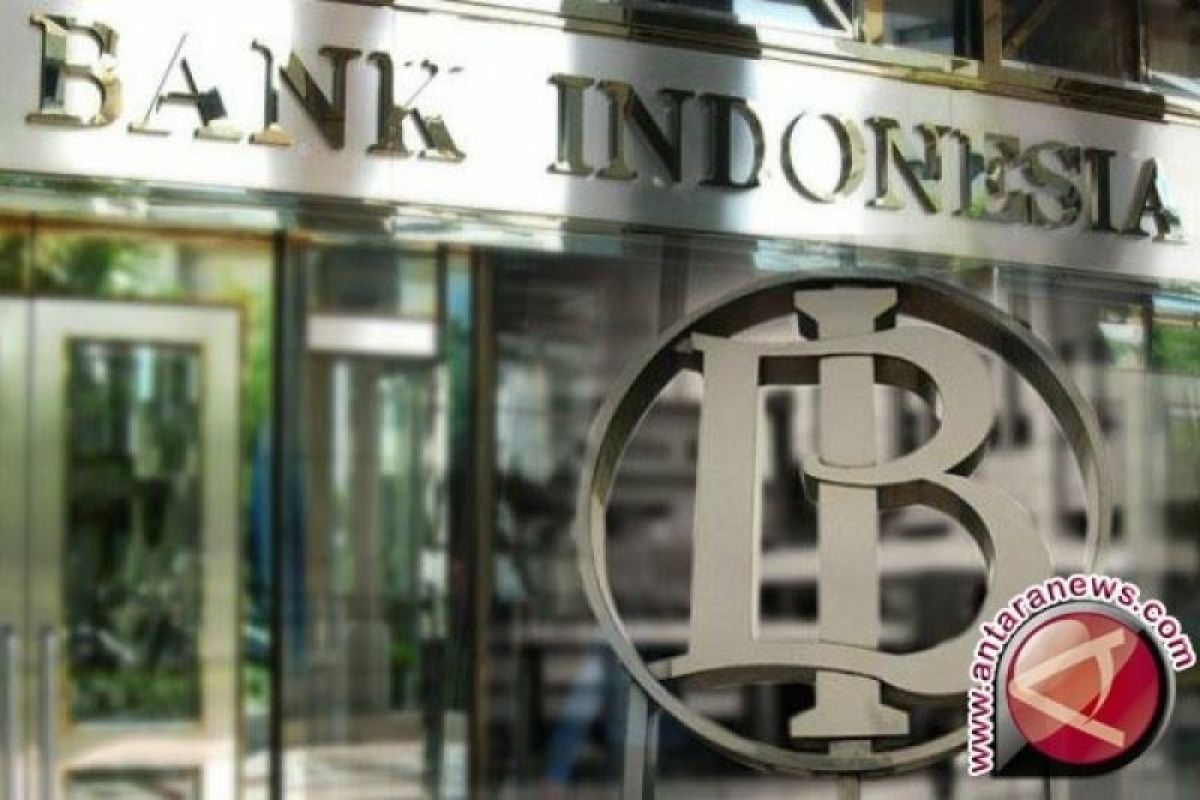The external debt at the end of August 2019 was recorded at US$393.5 billion, consisting of public debt (government and central bank) of $196.3 billion, as well as private debt (including state-owned enterprises) of $197.2 billion, Bank Indonesia said in a statement in Jakarta, Saturday.
Indonesia’s external debt grew 8.8 percent (y-o-y), lower than 10.9 percent (y-o-y) posted in the previous month, predominantly influenced by net repayment of external debt. The slowdown of growth stemmed from declining public and private external debt.
Baca juga: Quality human resources will make Indonesia one of the world's economic power
Government external debt growth decelerated from the previous month. Government external debt recorded 8.6 percent (y-o-y) growth to reach $193.5 billion, lower than 9.7 percent (y-o-y) growth in July 2019.
The level went down from the last period prompted by the capital outflows in the Domestic Government Securities (SBN), in line with the ongoing trade tensions and escalated geopolitical risks hence amplified global financial market uncertainty.
Government external debt management was prioritized to finance development, dominated in productive sectors to promote growth as well as improving public welfare, among others, human health & social work activities sector (18.9 percent of government external debt), construction sector (16.4 percent), education sector (15.9 percent), public administration, defense and compulsory social security sector (15.2 percent), and financial and insurance sector (13.9 percent).
Private external debt growth slowed. Private external debt outstanding at the end of August 2019 grew at a slower pace to 9.3 percent (y-o-y) from the previous month’s growth of 12.6 percent (y-o-y).
Baca juga: Indonesian government's success in maintaining the resilience of the country's economy: economist
The payment of non-financial corporations’ trade credit had narrowed down the external debt by $2.6 billion to $97.2 billion.
Private external debt was dominated by the financial and insurance sector, manufacturing, electricity, gas and water supply, and the mining and drilling sector.
The external debt share in these four sectors of total private external debt reached 75.6 percent.
Indonesia's external debt maintained a healthy structure supported by the prudential principle application in its management.
The condition was reflected in, among others, Indonesia's external debt to Gross Domestic Product (GDP) ratio at the end of August 2019 at 36.1 percent, down from the previous month. (INE)
EDITED BY INE




